Category: Bryophyta
-
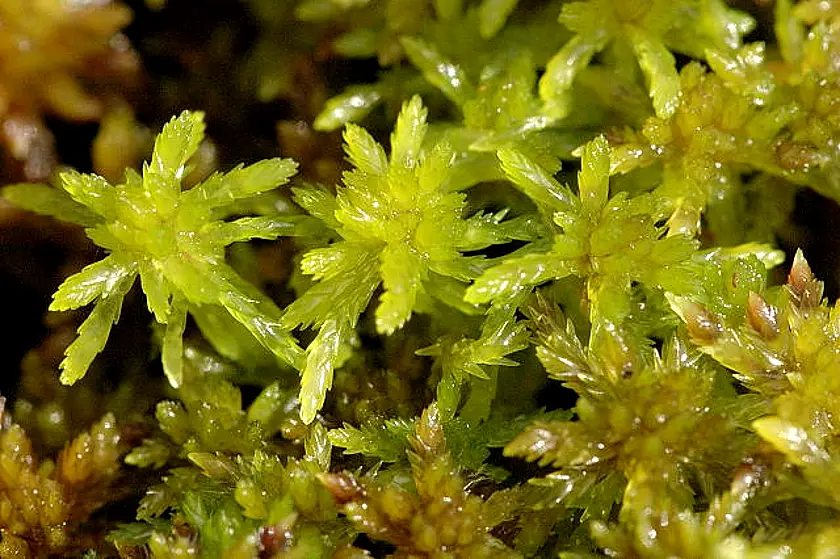
SPHAGNUM (PEAT MOSS OR BOG MOSS)
SPHAGNUM(PEAT MOSS OR BOG MOSS) CLASSIFICATION OF SPHAGNUM (PEAT MOSS OR BOG MOSS) Kingdom :- Plantae Division :- Bryophyta Class :- Bryopsida Sub-Class :- Sphagnidae Order :- Sphagnales Family :- Sphagnaceae Genus :- Sphagnum All the 11 species of Sphagnum found in India are restricted to the Himalayas. The plants are aquatic or semi-aquatic forming dense cushions commonly seen in swamps, ponds and lake margins, moorelands…
-
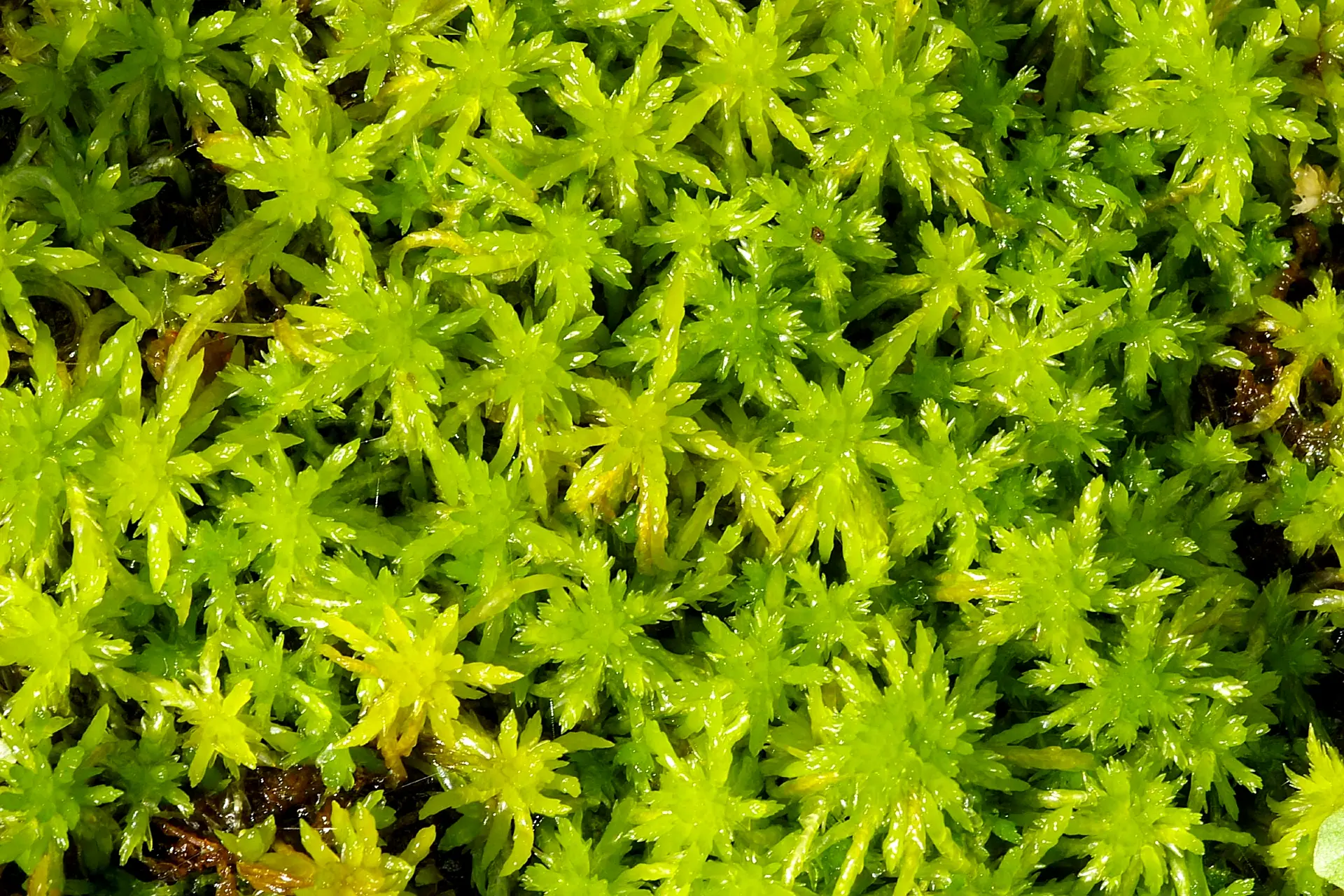
SPHAGNUM (PEAT MOSS OR BOG MOSS)
CLASSIFICATION OF SPHAGNUM (PEAT MOSS OR BOG MOSS) Kingdom :- Plantae Division :- Bryophyta Class :- Bryopsida Sub-Class :- Sphagnidae Order :- Sphagnales Family :- Sphagnaceae Genus :- Sphagnum All the 11 species of Sphagnum found in India are restricted to the Himalayas. The plants are aquatic or semi-aquatic forming dense cushions commonly seen in swamps, ponds and lake margins, moorelands and wet hill sides. …
-
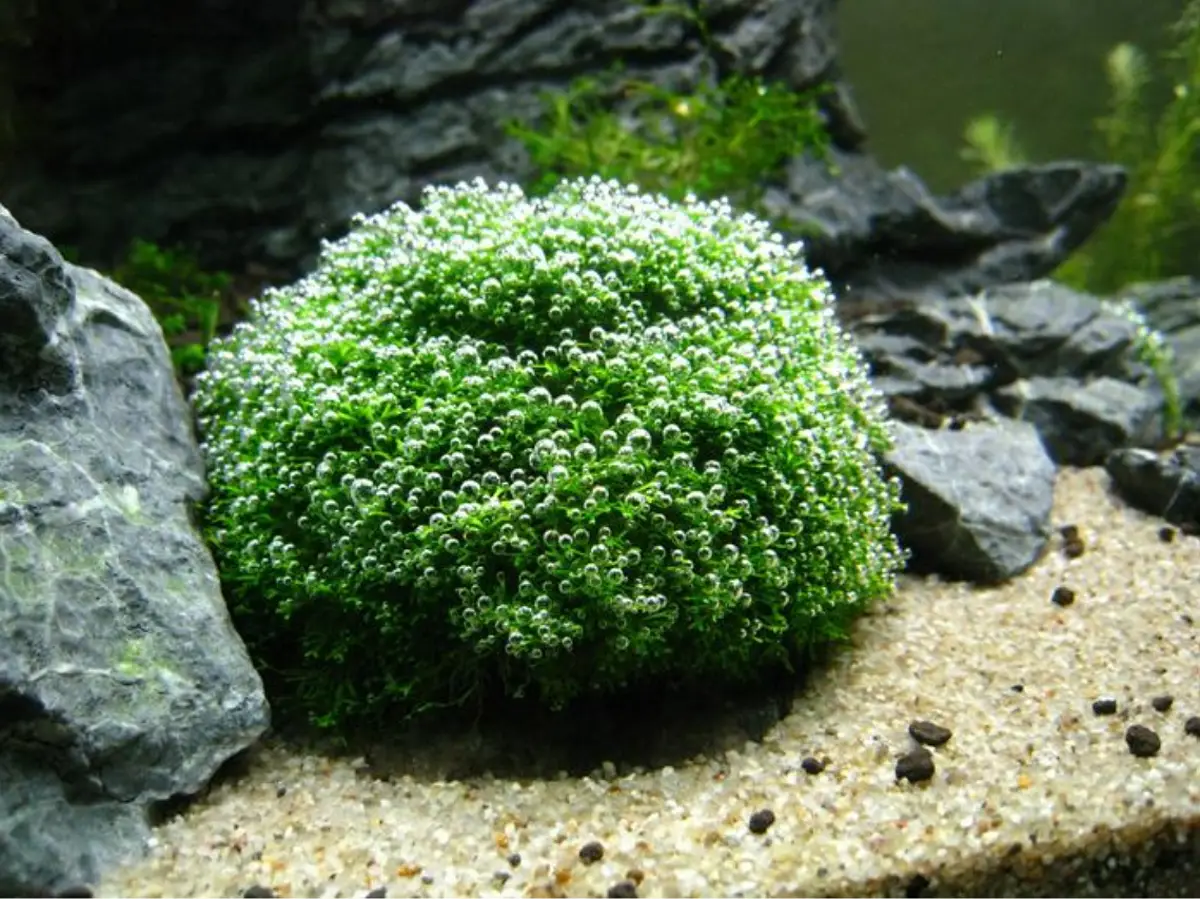
RICCIA
CLASSIFICATION OF RICCIA Kingdom :- Plantae Division :- Bryophyta Class :- Hepaticopsida Order :- Marchantiales Family :- Ricciaceae Genus :- Riccia STUDY OF EXTERNAL FEATURES OF GAMETOPHYTE OF RICCIA The plant body is thalloid, dorsiventral , prostrate and ribbon-like. A rosette is formed due to repeated dichotomies of the thalli. The thallus is linear to wedge shaped with an apical notch at the apex…
-
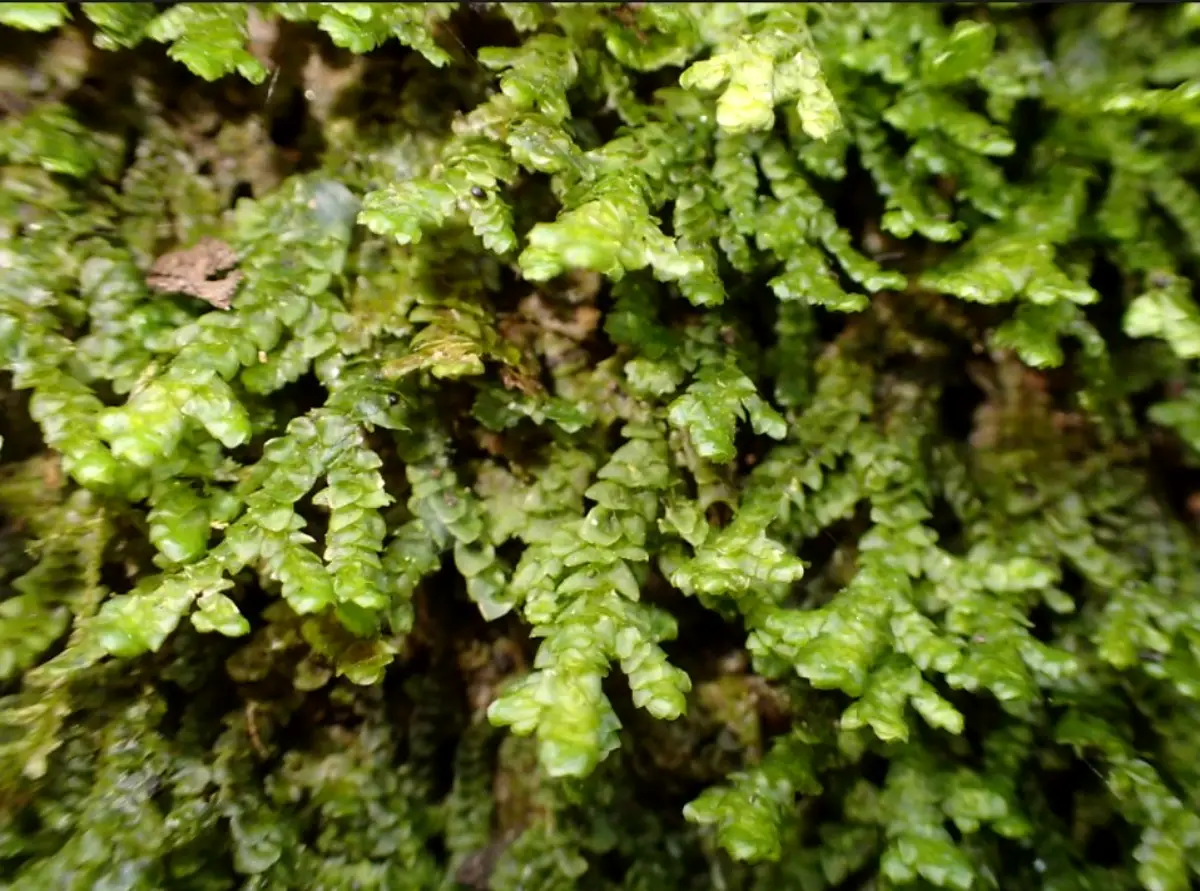
PORELLA (MADOTHECA)
CLASSIFICATION OF PORELLA (MADOTHECA) Kingdom :- Plantae Division :- Bryophyta Class :- Hepaticopsida Order :- Jungermanniales Family :- Porellaceae Genus :- Porella EXTERNAL MORPHOLOGY OF PORELLA (MADOTHECA) The plants are large, prostrate, dorsiventral and grow in compact greenish patches. Thallus is differentiated into a branched stem and leaves, arranged in 3 rows. Out of the three rows of leaves, the two are dorsal…
-
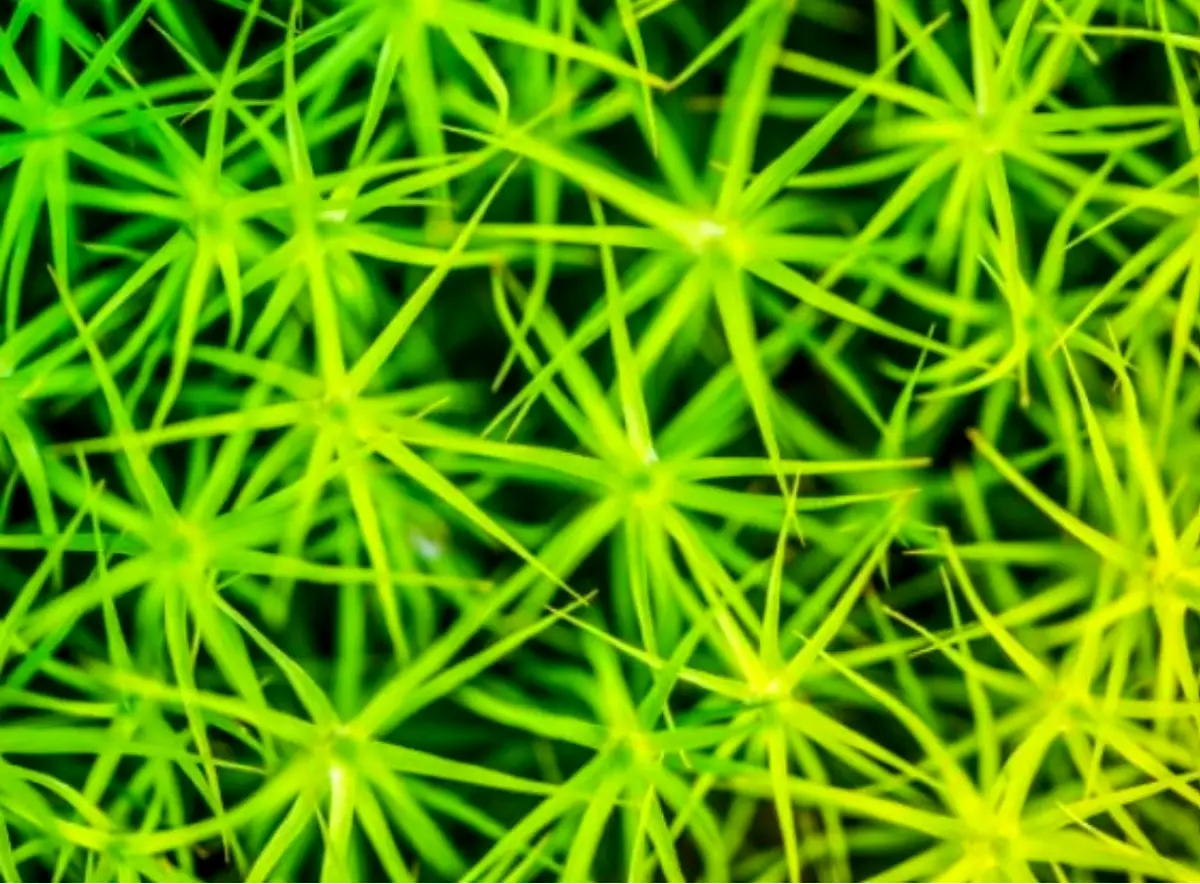
POLYTRICHUM (PIGEON WHEAT MOSS)
CLASSIFICATION OF POLYTRICHUM (PIGEON WHEAT MOSS) Kingdom :- Plantae Division :- Bryophyta Class :- Bryopsida Sub Class :- Bryidae Order :- Polytrichales Family :- Polytrichaceae Genus :- Polytrichum Only three species of Polytrichum VlZ. P. densifolium, P. xanthopiium and P. juniperinum are found in India, mostly in hills. The species are found in a variety of habitats. Such as sandy ground, dry and stony places, peat,…
-
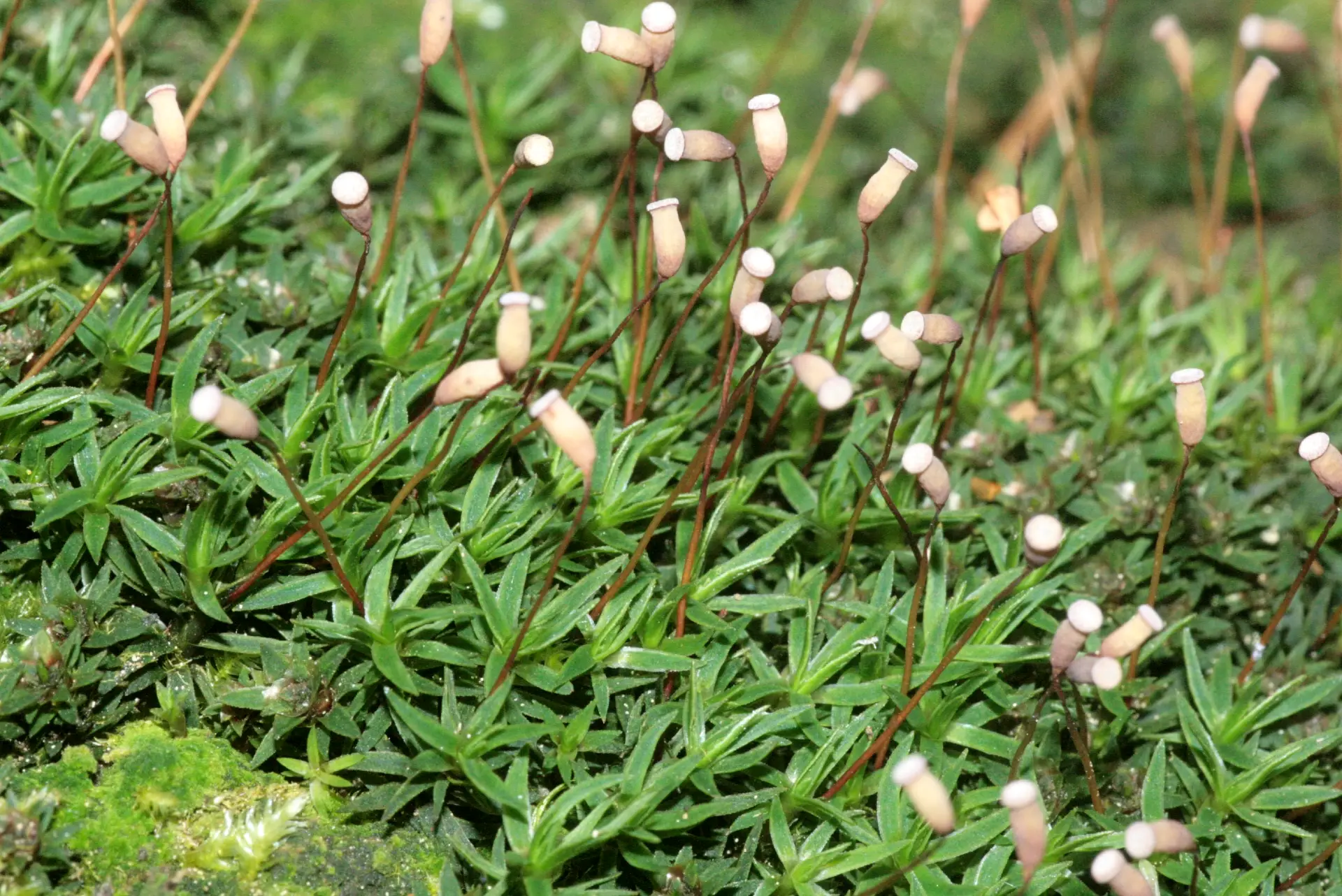
POGONATUM
CLASSIFICATION OF POGONATUM Kingdom :- Plantae Division :- Bryophyta Class :- Bryopsida Sub Class :- Bryidae Order :- Polytrichales Family :- Polytrichaceae Genus :- Pogonatum Pogonatum is the largest genus with about 199 species distributed allover the world. Of these, 34 are found in the temperate hills of India and Sri Lanka. It is commonly found in the hills of India, growing on the rock soil.…
-
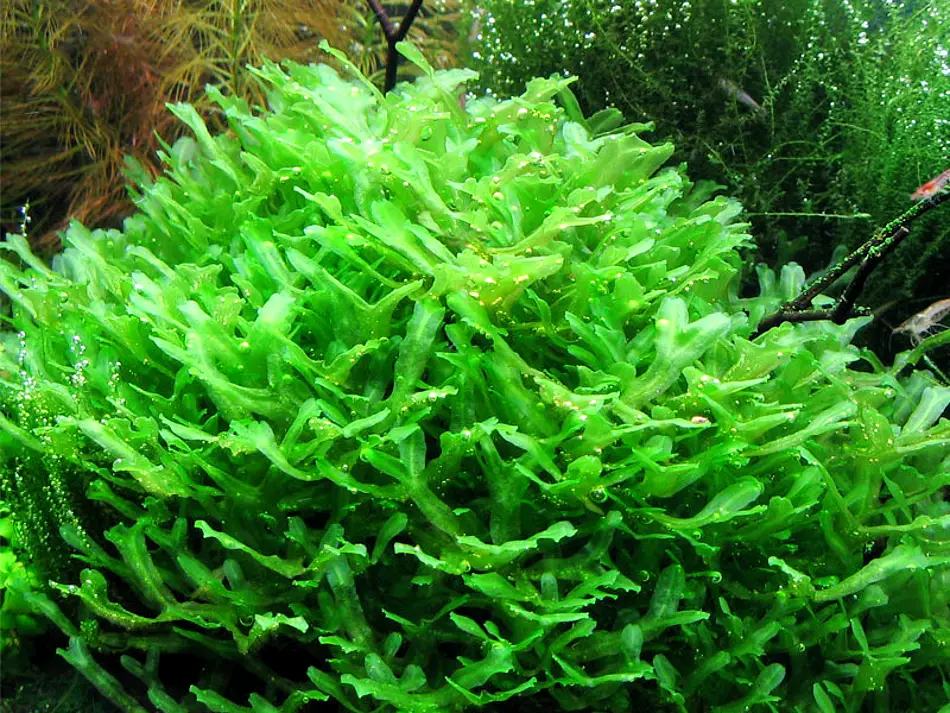
PELLIA
CLASSIFICATION OF PELLIA Kingdom :- Plantae Division :- Bryophyta Class :- Hepaticopsida Order :- Jungermanniales Family :- Pelliaceae Genus :- Pellia EXTERNAL MORPHOLOGY OF PELLIA The plants are thalloid, prostrate, drosiventral and dichotomously branched. On the dorsal side there is an indistinct midrib and one celled thick lateral wings, with somewhat wavy margins. At the apex is a notch in which growing point…
-
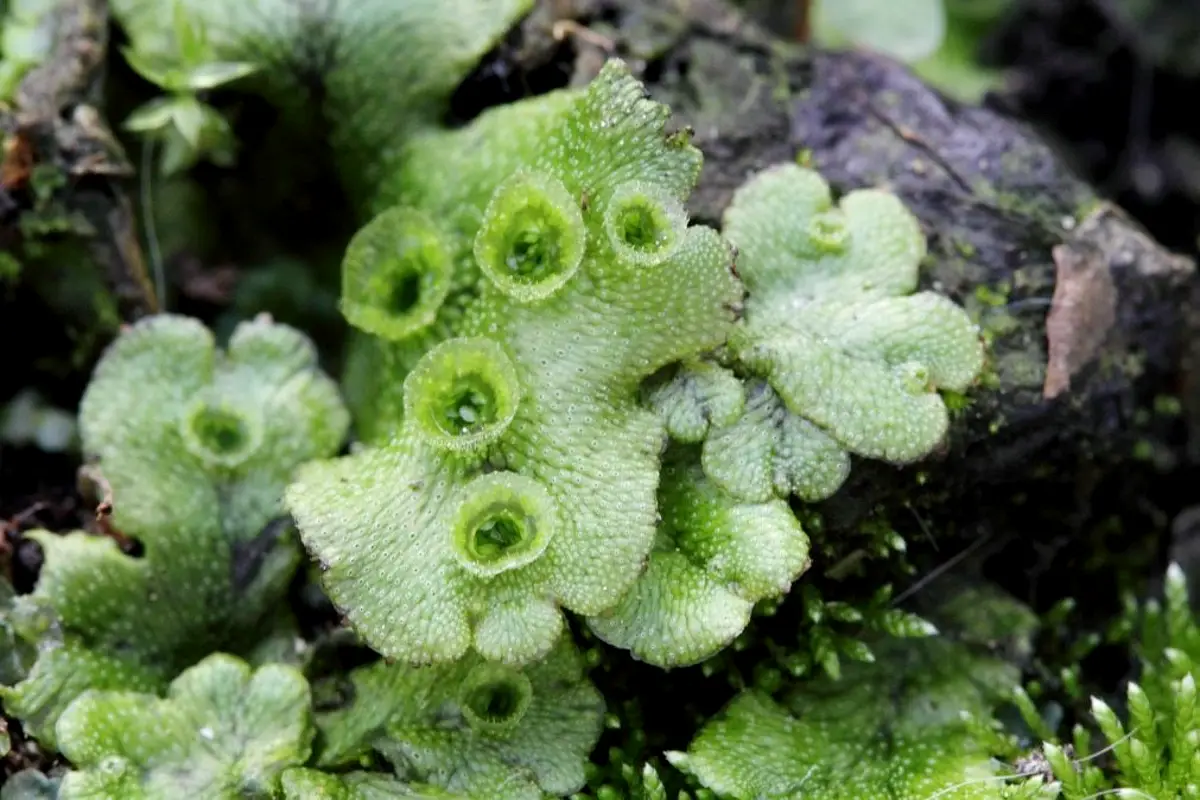
MARCHANTIA
CLASSIFICATION OF MARCHANTIA Kingdom :- Plantae Division :- Bryophyta Class :- Hepaticopsida Order :- Marchantiales Family :- Marchantiaceae Genus :- Marchantia EXTERNAL MORPHOLOGY OF THALLUS OF MARCHANTIA Plants are thalloid, dorsi-ventral and prostrate. Thallus is dichotomously branched and the apex of each branch is notched. The dorsal side has a conspicuous midrib and many polygonal areas. These represent the underlying air chambers,…
-
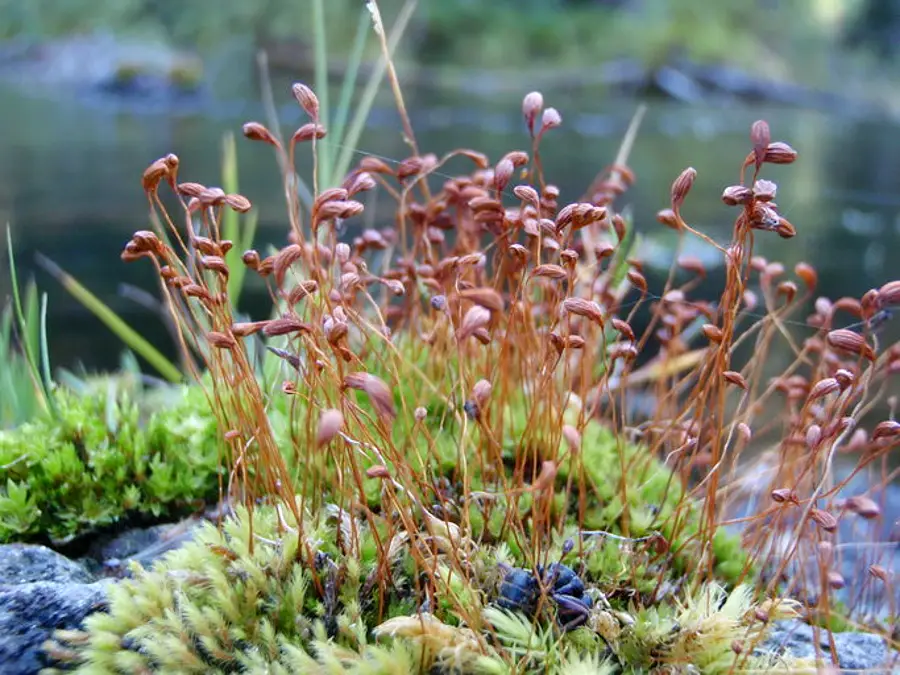
FUNARIA (CORD MOSS)
CLASSIFICATION OF FUNARIA (CORD MOSS) Kingdom :- Plantae Division :- Bryophyta Class :- Bryopsida Sub Class :- Bryidae Order :- Funariales Family :- Funariaceae Genus :- Funaria Funaria is very common in hills as well as in plains. It is generally found growing on moist walls and tree trunks, during rainy season. EXTERNAL FEATURES OF GAMETOPHYTE OF FUNARIA (CORD MOSS) The gametophyte shows a…
